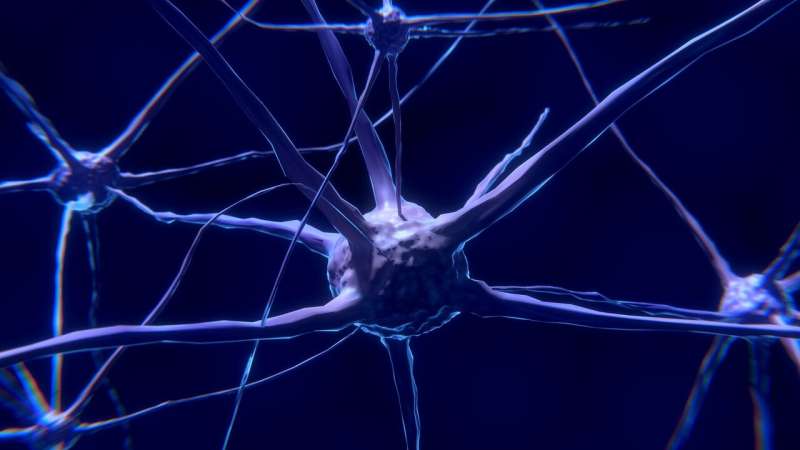Credit: CC0 Public Domain
A team of researchers affiliated with multiple institutions in France has learned more about the parts of the medial prefrontal cortex (mPFC) that are involved when the brain is deciding whether to continue with a certain behavior or to go with something new. In their paper published in the journal Science, the group describes their study of the brains of epileptic patients and what they learned from them. Saurabh Steixner-Kumar and Jan Gläscher with University Medical Center Hamburg-Eppendorf have published a Perspective piece in the same journal issue outlining the work by the team.
Prior research has shown that one of the more difficult decisions for animals, including humans, occurs in unstable environments when a course change is required. When conditions are stable, most animals and humans pursue the activities that provide the most benefit. But when conditions are unstable, sometimes a given behavior must change, quite often right away. If a rabbit is running from a fox and is losing ground, at some point, it will decide to freeze in place against a backdrop where it hopes to blend in. Prior research has suggested that such nearly instantaneous decision making occurs in the medial prefrontal cortex. In this new effort, the researchers sought to learn which parts of the mPFC carry out the functions involved in such decision making.
To learn more, the researchers recorded electrical emanations in the mPFC of epilepsy patients via deeply planted electrodes while the volunteer patients engaged in decision-making activities. They then used state-of-the-art model-based analysis tools to study the recordings. The researchers observed which parts of the mPFC were active during each phase of the decision-making process and were able to isolate some of the processes—the ventral mPFC, for example, was involved in testing the reliability of the actions the volunteers were currently taking—it then sent signals to other parts of the mPFC indicating the degree of confidence in what was happening. Also, when the dorsal mPFC received those signals, it evaluated outcomes for other action plans and proposed a behavioral strategy.
More information: Neural mechanisms resolving exploitation-exploration dilemmas in the medial prefrontal cortex, Science 28 Aug 2020: Vol. 369, Issue 6507, eabb0184, DOI: 10.1126/science.abb0184 , science.sciencemag.org/content/369/6507/eabb0184
Journal information: Science
© 2020 Science X Network























